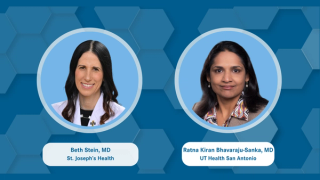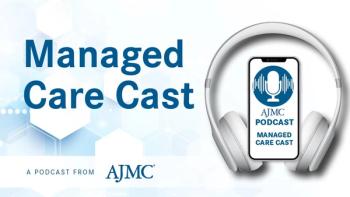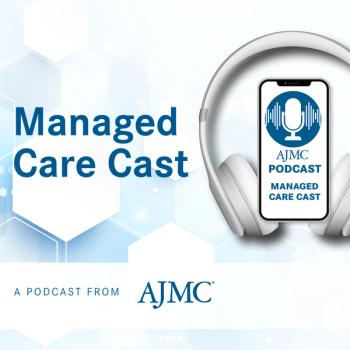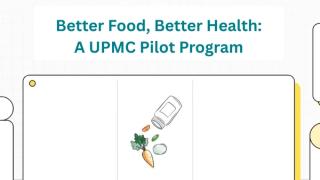
Health Care Delivery
Latest News
Latest Videos

Podcasts
CME Content
More News

Eliot F. Battle, MD, discusses how to effectively and successfully treat skin of color.

The new indication allows doctors to use upadacitinib before tumor necrosis factor–blocking agents when those treatments are clinically inadvisable.

Opioids were more likely to be prescribed to Medicare beneficiaries living with HIV, which led to opioid use disorder (OUD).

Despite systemic challenges, oncology practices use value-based care, community partnerships, and clinical trials to improve patient access and outcomes, says Brian Mulherin, MD.

WHO's latest report shows alarming trends in antimicrobial resistance, highlighting urgent global challenges and the need to improve surveillance and treatment.

Lindsey Valenzuela, PharmD, explains how pharmacists can prevent drug interactions and improve coordination for women with arrhythmia and chronic disease.

Lindsey Valenzuela, PharmD, explains how cost, coverage gaps, and tech literacy hinder women’s access to early arrhythmia detection tools.
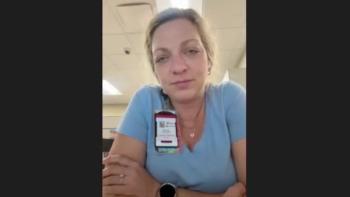
Kelley L. Julian, PharmD, BCOP, discusses optimizing myeloma care, addressing barriers in access to intravenous immunoglobulin and innovative therapies at Huntsman Cancer Institute.
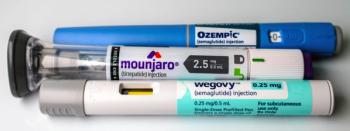
Experts at the Skin of Color Update highlighted the potential benefits of GLP-1 RAs in managing obesity, as well as psoriasis and hidradenitis suppurativa symptom management.

Arthritis is not one disease, and it has an impact that extends far beyond the well-known osteoarthritis or rheumatoid arthritis.

The authors explore the limitations of the current system of revisit interval assignment and discuss the importance of standardization to optimize patient health care outcomes.

Surgeons are more likely to perform opportunistic salpingectomy when their peers have done so, underscoring the impact of physician networks in ovarian cancer prevention.

Efgartigimod shows promising efficacy over IV immunoglobulin in treating impending myasthenic crisis in patients with myasthenia gravis.

Lindsey Valenzuela, PharmD, explains how atypical symptoms, research gaps, and care inequities delay arrhythmia detection in women.
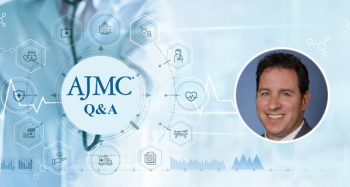
UC Davis Health enhances patient care through a shared services center, ensuring continuity of care and optimizing pharmacy growth strategies.

A self-help app based on cognitive behavioral therapy improved depression, self-esteem, and quality of life in adults with intellectual disabilities.

Robert Andrews, CEO of the Health Transformation Alliance, discusses the implications of the new TrumpRx platform on drug pricing policy.

Increased workload among nurses in the neonatal intensive care unit (NICU) may reduce the quality of care for individual infants, as certain tasks are more likely to be missed.

A CCS report found that pharmacists lack time for diabetes education as workloads rise, worsening disparities and threatening adherence.

Public health must address emotional and structural inequities, emphasizes Perry N. Halkitis, PhD, MS, MPH, dean of the Rutgers School of Public Health.

As the hospital-at-home model grows, a consortium is needed to advance scalability, equity, caregiver well-being, and cost efficiency through research and collaboration.

Research highlights disparities in anti-obesity medication use and metabolic and bariatric surgery.

This study describes the current opportunities and obstacles associated with Medicare Diabetes Prevention Program implementation from the novel perspective of program suppliers across the US.

The European Association for the Study of Obesity now recommends the 2 treatments for obesity and most associated complications.

Adverse events related to the immune system tended to accumulate over time when patients used immune checkpoint inhibitors (ICIs) over time.











